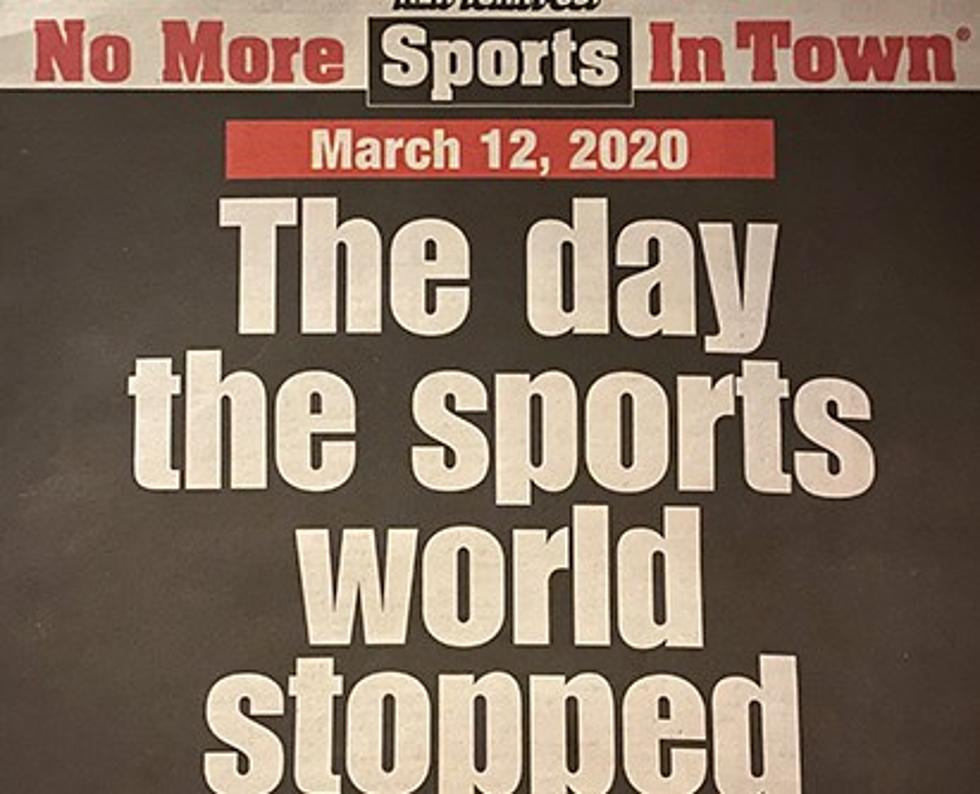
CT scans on kids — NJ effort aims to rein in the cancer risk
One CT scan equals approximately 200 chest x-rays. That's a lot of radiation.
New Jersey medical professionals say the healthcare community and the public need to calm down with the use of these scans to assess head injuries in young athletes.
"For about every 1,500 scans that are done, a cancer's going to be formed," said Dr. Ernest Leva, director of the division of pediatric emergency medicine at Rutgers Robert Wood Johnson Medical School.
With greater awareness about the risk of concussions and other head injuries, there's also growing concern about the use of CT scans when they're unnecessary. If a child has a concussion, that does not mean they need to evaluated radiologically, Leva said.
"There are facilities where when someone shows up with criteria that would suggest they have a concussion, they automatically get a CT scan, and that's not necessarily appropriate," he said. "There needs to be other factors involved to direct people that they need radiological evaluation."
While the presence of a concussion can be determined by observing a patient's symptoms, CT imaging can spot bruising or bleeding in the brain.
"What we really suggest is more observation," Leva said. "You let them sit there for an hour or two, reevaluate them and you see how they feel. Most of those patients do not need CT scans and therefore we can eliminate the use."
Leva is physician chair of the New Jersey Council of Children's Hospitals, which partnered with the Institute for Quality and Patient Safety at the New Jersey Hospital Association to form a collaborative last fall that focuses on standardizing protocols for CT scans and notifying both the healthcare community and general public of the benefits and risks of CT imaging.
The group adopted an algorithm on the use and dosage of radiation from the Pediatric Emergency Care Applied Research Network.
"I think that it makes more sense to watch the child than incur the exposure of radiation," said Aline Holmes, NJHA's senior vice president of clinical affairs and a mother of two children who participated in school sports. "Why load up your child with a lot of unnecessary radiation if you don't have to?"
Data from New Jersey hospitals over the past year show the number of avoidable head CT scans decreased by 25 percent, meaning 956 unnecessary scans that were avoided. Leva believes another 25-percent reduction is possible.
"That would mean every year, eliminating a couple tumors in children," Leva said.
The collaborative's latest effort, the #ScanSmart toolkit, providers posters and pamphlets to healthcare providers so they can teach parents, coaches and others about the risks involved with CT imaging.
The group encourages use of the COOL approach:
- Consider using other testing (without radiation) when appropriate
- Only image the indicated area
- Only scan once
- Lowest amount of radiation should be used, based on child dosing.
More from WOBM:
Contact reporter Dino Flammia at dino.flammia@townsquaremedia.com.
More From 92.7 WOBM










